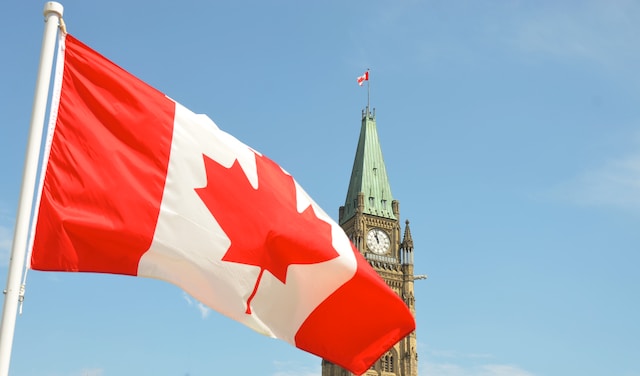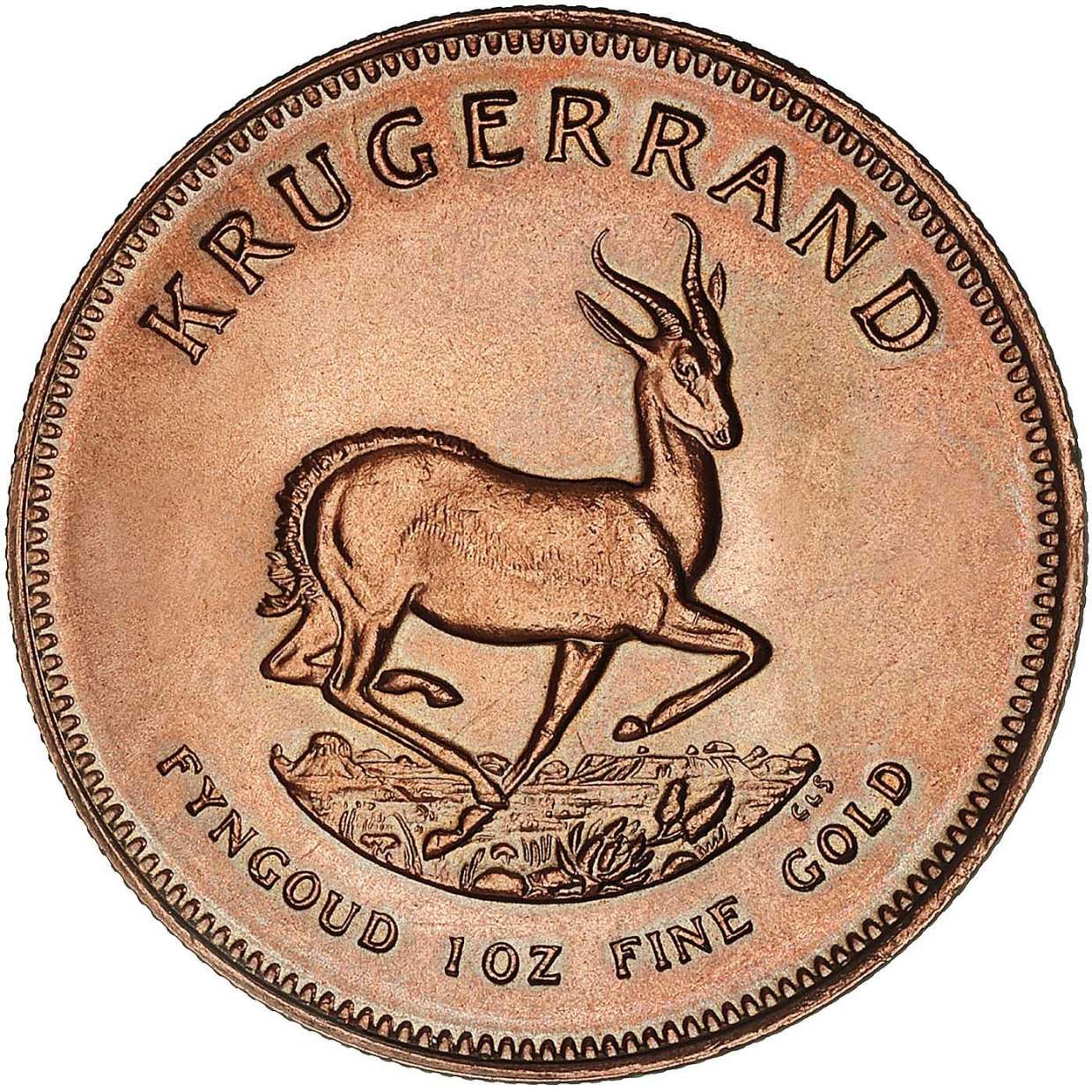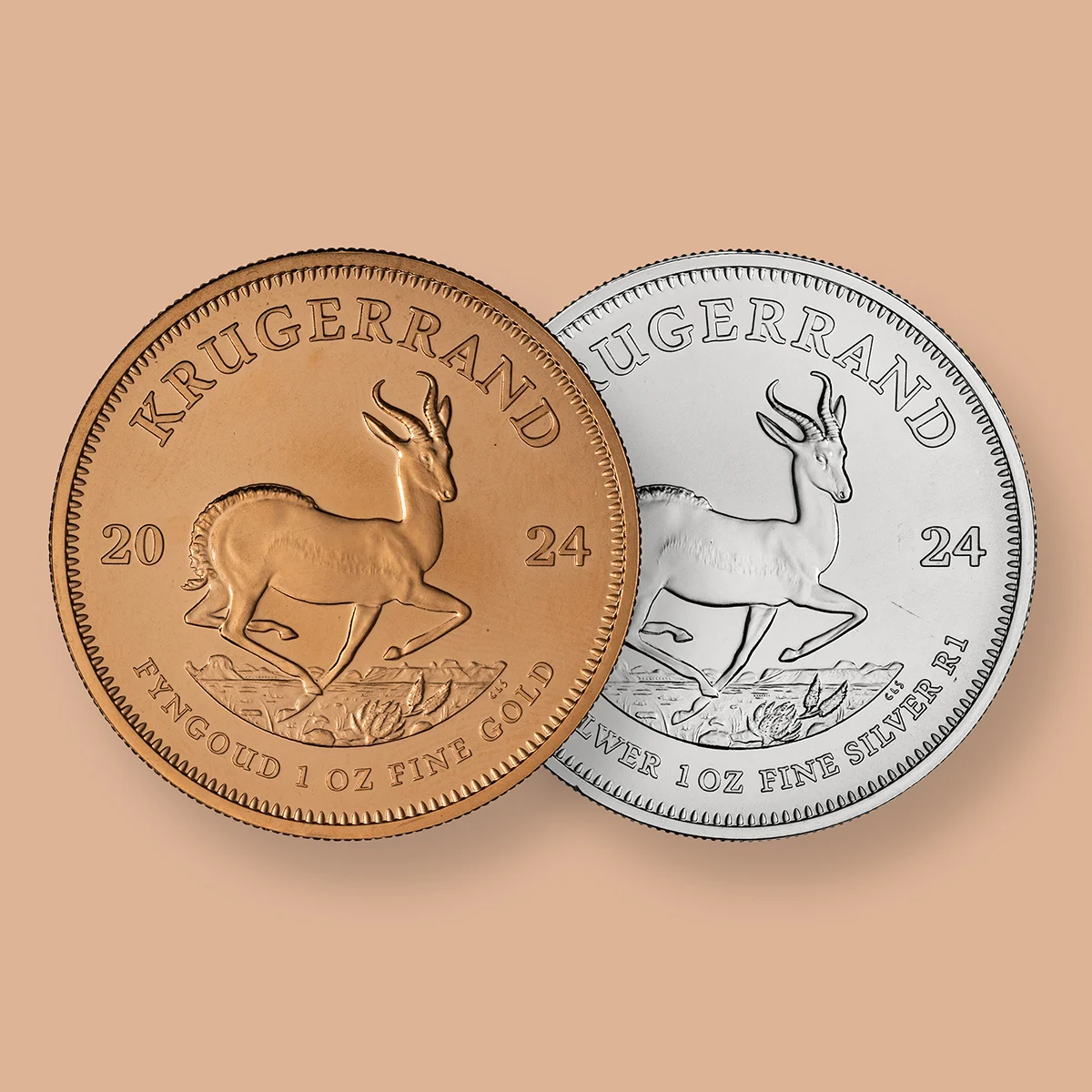Bank of Canada Interest Rates Increase by 0.25 Percentage Points to 4.75%
Synopsis
The Bank of Canada just cranked up the interest rates to 4.75%, the highest in over two decades. Inflation concerns and strong economic growth triggered this surprise move. Find out why this rate hike has economists buzzing and how it could impact your pocket in our in-depth analysis!

Key Takeaways
- The Bank of Canada raised its key overnight benchmark rate to 4.75%, the highest level in over two decades.
- Key economic indicators, such as an acceleration in annual inflation and stronger-than-expected GDP growth, supported the need for proactive measures.
- Expert opinions on the rate hike are divided, with some supporting it as necessary to control inflation, while others express concerns about its potential impact on economic growth.
- The central bank's commitment to achieving the 2% inflation target remains a priority.
The Bank of Canada's Surprising Rate Hike to 4.75%
In a surprising move, the Bank of Canada recently raised its key overnight benchmark rate to 4.75%, marking the highest level in over two decades. This decision has raised concerns and captured significant attention as it comes amidst growing worries about inflation surpassing the central bank's 2% target and the sustained strength of the Canadian economy.
To fully grasp the significance of the Bank of Canada's rate hike, it is important to understand its previous stance on interest rates. After implementing a series of rate hikes since March 2022, the central bank had brought borrowing costs to a 15-year high of 4.50%. Following this, the bank adopted a cautious approach and maintained rates without further increases for two consecutive meetings. However, surprising economic factors such as robust consumer spending, a rebound in service demand, and a tight labour market have revealed that excess demand in the economy is more persistent than initially anticipated. These factors have contributed to the central bank's decision to raise rates in order to address inflationary pressures.

Rationale for the Rate Hike
The Bank of Canada's decision to raise rates stems from concerns regarding inflation remaining consistently above the desired 2% target. April saw an uptick in inflation, with three-month measures of core inflation consistently exceeding 4%. This trend has raised concerns among policymakers that inflation could become entrenched at elevated levels. Consequently, the central bank concluded that a more restrictive monetary policy was necessary to rebalance supply and demand, ultimately returning inflation sustainably to the 2% target.
Several key economic indicators influenced the central bank's decision to raise rates. April witnessed a notable acceleration in annual inflation to 4.4%, marking the first increase in ten months. Additionally, first-quarter GDP growth surpassed expectations, reaching 3.1%. While these indicators signal a need for proactive measures to manage inflationary pressures, it is essential to note that the central bank's inflation outlook has evolved. Previous forecasts projected a gradual decline in inflation, with expectations of a return to the 2% target by the end of next year. However, recent statements have been more cautious, suggesting a potential deviation from these earlier projections.
What Is the Market Reaction?
The Bank of Canada's decision to raise rates took many analysts by surprise. While some market participants had speculated about a potential rate increase, the majority of economists polled had expected rates to remain unchanged throughout 2023. As a result, the market responded swiftly to the announcement, with the Canadian dollar experiencing a 0.5% increase against the U.S. dollar. Money markets also adjusted their expectations, with a near 60% likelihood of another rate hike in July and complete pricing of further tightening by September. These reactions demonstrate the market's recognition of the central bank's commitment to its tightening cycle.

Implications of Increasing Interest Rates in Canada
The rate hike has wide-ranging implications for the Canadian economy. On one hand, higher interest rates can help mitigate inflationary pressures, stabilise the Canadian dollar, and discourage excessive borrowing. Implementing a more restrictive monetary policy can also anchor inflation expectations and foster a sustainable economic trajectory.
However, the rate hike may also have unintended consequences. Increased borrowing costs could potentially dampen consumer spending, especially for big-ticket items such as housing and automobiles. Higher mortgage rates might also cool down the housing market, which has seen a resurgence in activity.
Additionally, businesses may face higher borrowing costs, potentially impacting investment and expansion plans, which could have broader implications for economic growth. The balance between managing inflation and supporting economic activity is delicate, and the ultimate effects of the rate hike will unfold in the coming months.
Evaluating the Future of Interest Rate Trends in Canada
In conclusion, the Bank of Canada's decision to raise the key overnight benchmark rate to 4.75% has generated significant interest and raised concerns in the Canadian economy. The move reflects the central bank's concerns about persistently high inflation and the need to address excess demand. While the rate hike aims to rebalance supply and demand and ensure price stability, its implications are multifaceted.
The market has responded with adjustments in currency and rate expectations, and expert opinions vary on the potential consequences for economic growth. As policymakers continue to monitor economic indicators and market conditions, careful consideration of the balance between managing inflation and supporting economic activity will be crucial in charting a sustainable path forward for the Canadian economy.

Related Articles
This guide and its content is copyright of Chard (1964) Ltd - © Chard (1964) Ltd 2024. All rights reserved. Any redistribution or reproduction of part or all of the contents in any form is prohibited.
We are not financial advisers and we would always recommend that you consult with one prior to making any investment decision.
You can read more about copyright or our advice disclaimer on these links.




















